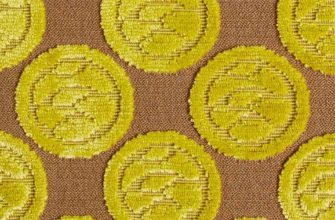Modern textiles made from natural fabrics, thanks to synthetic fibers, do not look provincial, but elegant and graceful. Linen, cotton, silk - have always been available for decoration, allowing you to create a variety of styles in the interior.
Linen tulle will perfectly complement almost any style, adding elegance to country, eco, Scandinavian, minimalism, and high-tech styles.
Linen curtain fabric is excellent in care, environmentally friendly, and can be used to make curtains of various models. Rough fabrics are a thing of the past, replaced by light, airy materials made of natural fiber with the addition of lavsan and silk fibers, as well as imitation flax tulle. Linen tulle is practical, it adds sophistication and coziness to the room.
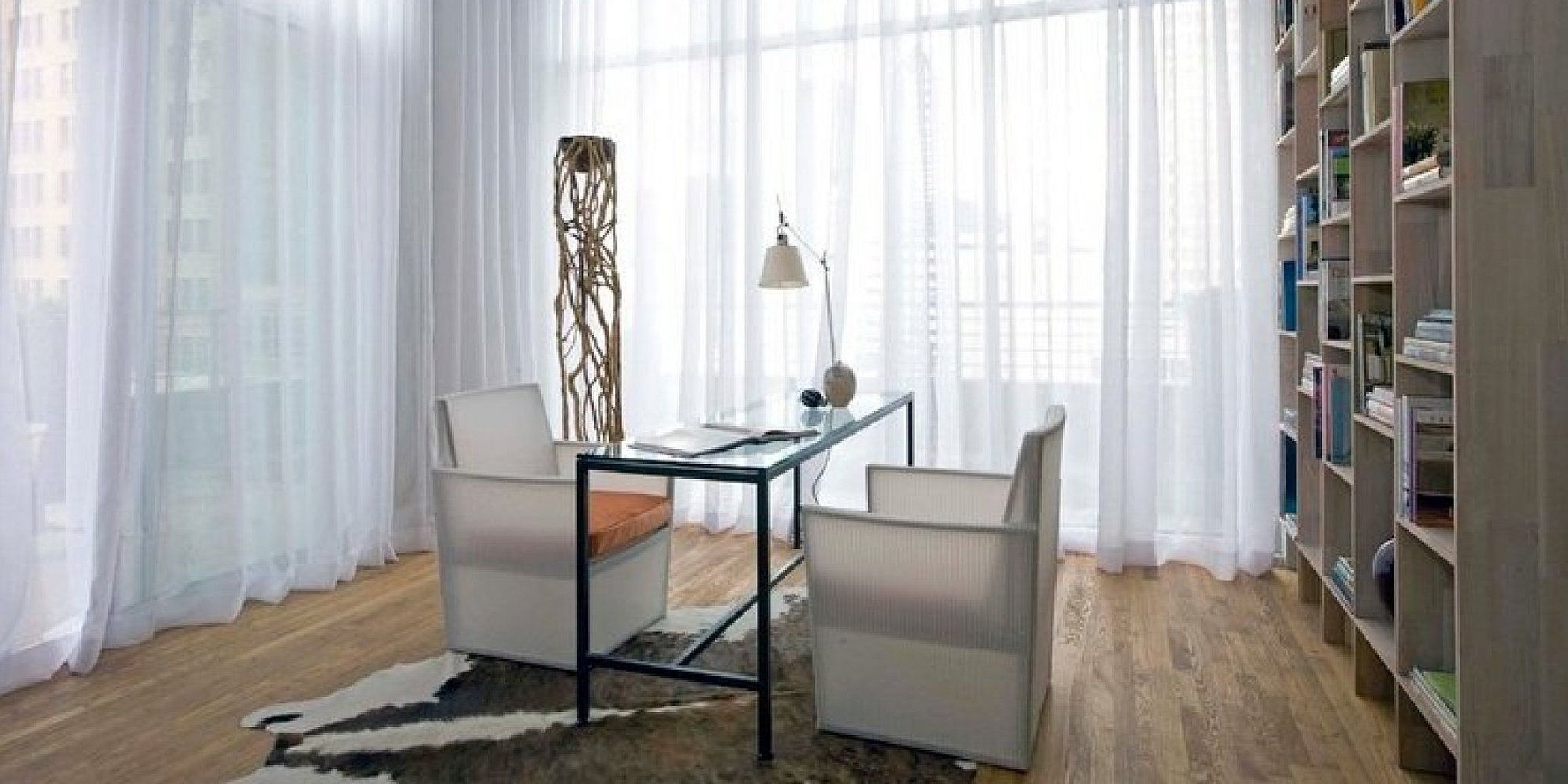
Advantages and disadvantages of linen products
Curtains made of natural shades of curtain linen will harmoniously fit into the interior. Compared to fabrics made of artificial fibers, such tulle has a number of advantages:
- Environmentally friendly - the fiber from which tulle and curtains are made does not become electrified, does not collect dust, and easily allows air to pass into the room.

- Aesthetics - the naturalness of linen gives a feeling of freshness and elegance. Linen tulle in the interior gives additional charm to the room due to the scattering of sunlight through the fibers of the fabric.
- Antistatic - the indisputable advantage of natural fiber is the absence of electrification, which means that dust will not accumulate on the tulle and the curtains will become less dirty. Linen fabric reduces the level of harmful radiation emitted by devices.
- Hypoallergenic - linen curtain fabric does not cause allergic reactions. The fibers have bactericidal properties, so it is convenient to decorate the kitchen, children's rooms, and bedroom with linen tulle.
- Practicality - the fabric is easy to use, the curtains are easy to wash, and they are rarely subject to dirt.
- Durability - the fabric is durable and will last for many years.
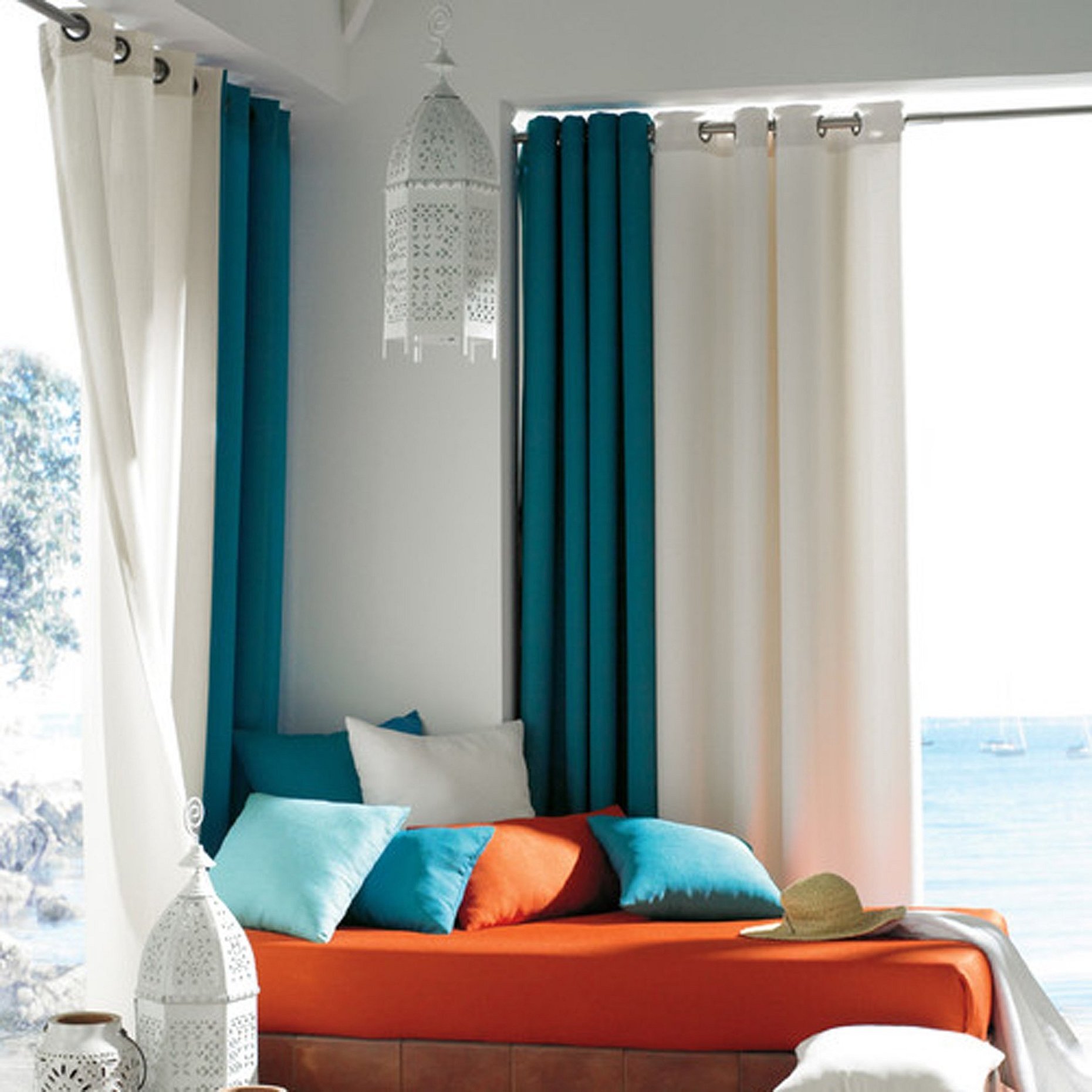
- Natural air conditioning - due to its properties, linen keeps the room cool on a hot day and creates warmth on a cold day. Such curtains are ideal for the summer period.
- The healing properties of flax fibers - the amazing properties of the fabric have been used since ancient times. Hand towels have always been made of flax, because the fiber has bactericidal properties. Linen tulle on the window will protect not only from scorching sunlight, but also from harmful radiation from electrical appliances.
- Aeration - linen tulle allows air to pass through perfectly, the room does not become stuffy, there is good air circulation.
- Versatility - curtains will complement almost any interior. The variety of curtain designs will allow you to organically fit them into the kitchen, bedroom and living room.
Additional information! Linen tulle with embroidery will be an unusual addition and will add uniqueness to the interior.
It is necessary to carefully iron linen curtains, they wrinkle a lot when washed and even during use. Fortunately, such curtains do not have to be washed often, they are not subject to contamination. To make your work easier, you need to iron slightly damp curtains.
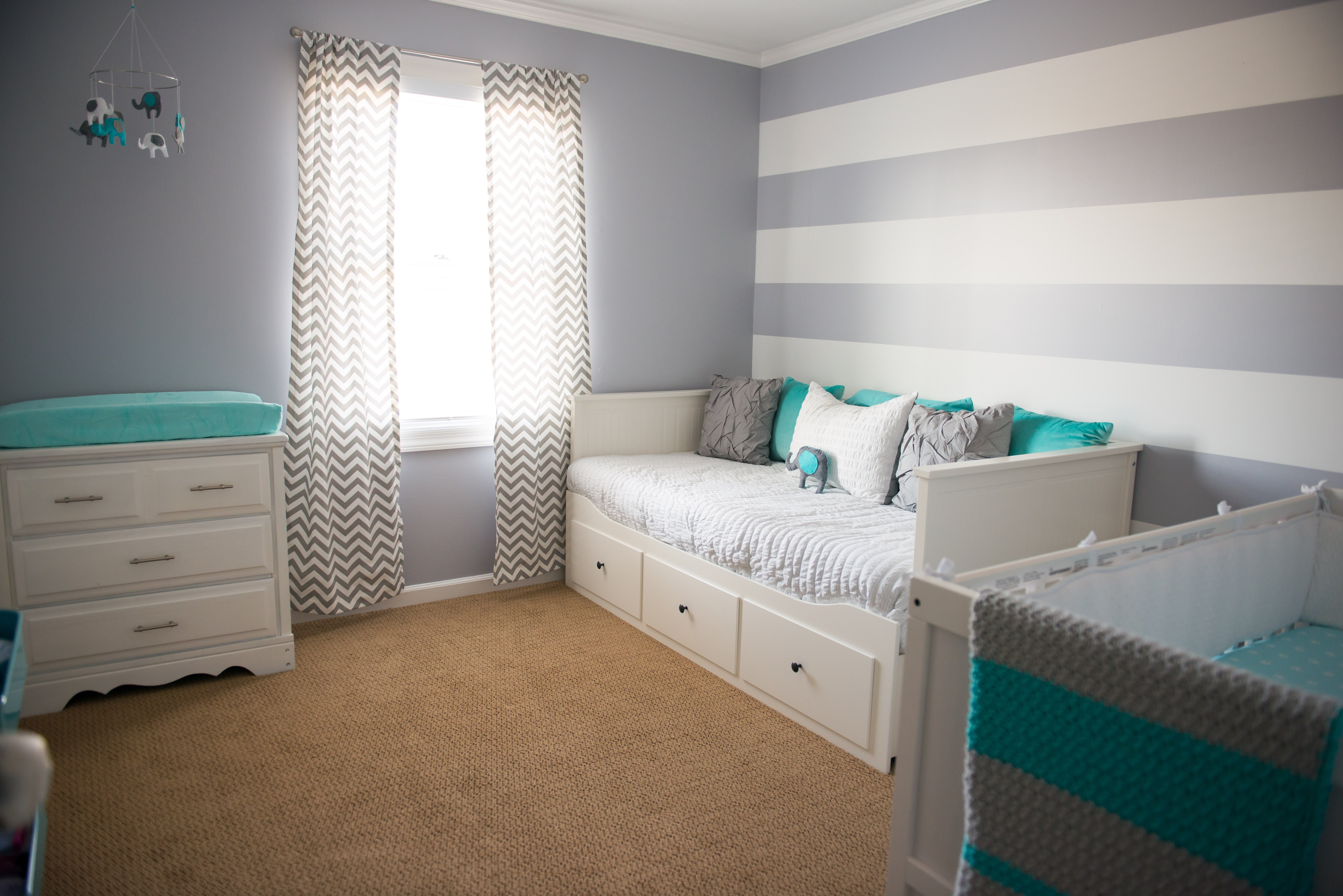
How to choose linen curtains
When choosing linen curtains, it is necessary to consider the location of the curtains, whether they will hang all year round or be changed every season.
The choice of color solutions for curtains is varied:
- Unbleached linen is available in grey-brown or dark grey shades. The fabric is popular in modern interior design

- bleached products of all shades of white - ivory, baked milk, yellowish, light gray - the variety of shades is impressive
- dyed linen fabrics - as a rule, linen curtains are dyed in natural colors - blue, azure, orange. Depending on the design ideas, the curtains will give the necessary color.
Important! After washing, curtains shrink up to 7%, this should be taken into account when choosing. Linen quickly wrinkles, which gives the interior an unpresentable appearance, so you need to carefully ensure that they are ironed.
Depending on the functional purpose, the density of the curtains should be taken into account:
- Light curtains are tulle, linen mesh is used independently or in addition to curtains. Gives additional volume to the space, lightness, elegance.

- Thick curtains - fabrics with a relief structure are often used in living rooms or bedrooms for additional decoration and protection from prying eyes.
Fabric composition:
- pure linen fabric is the most environmentally friendly, but requires more care due to wrinkling
- with synthetic additives - they add extra shine and wear resistance. Silk gives smoothness, and lavsan makes the fabric less wrinkled
- metallized thread in the structure of linen fabric - adds a special chic. Gold thread gives luxury, and silver - purity and space
- linen tulle - can have a horizontal or vertical orientation of the fiber structure, which, accordingly, visually expands the space or makes it higher.

Linen fabric can be smooth or ribbed in texture. Texture is achieved through patterns and weaving of dense threads.
Please note! White linen is ideally combined with blackout fabric. Airy white tulle can be complemented with fabric of a denser texture that does not let light through. The combination will be an excellent design solution for the bedroom.
Linen curtains in the interior
Linen curtains are universal. Due to the variety of fabrics, tulle curtains have high aesthetic properties. Additional properties can be achieved by adding decorative elements, such as embroidery, hemstitching, ribbons.
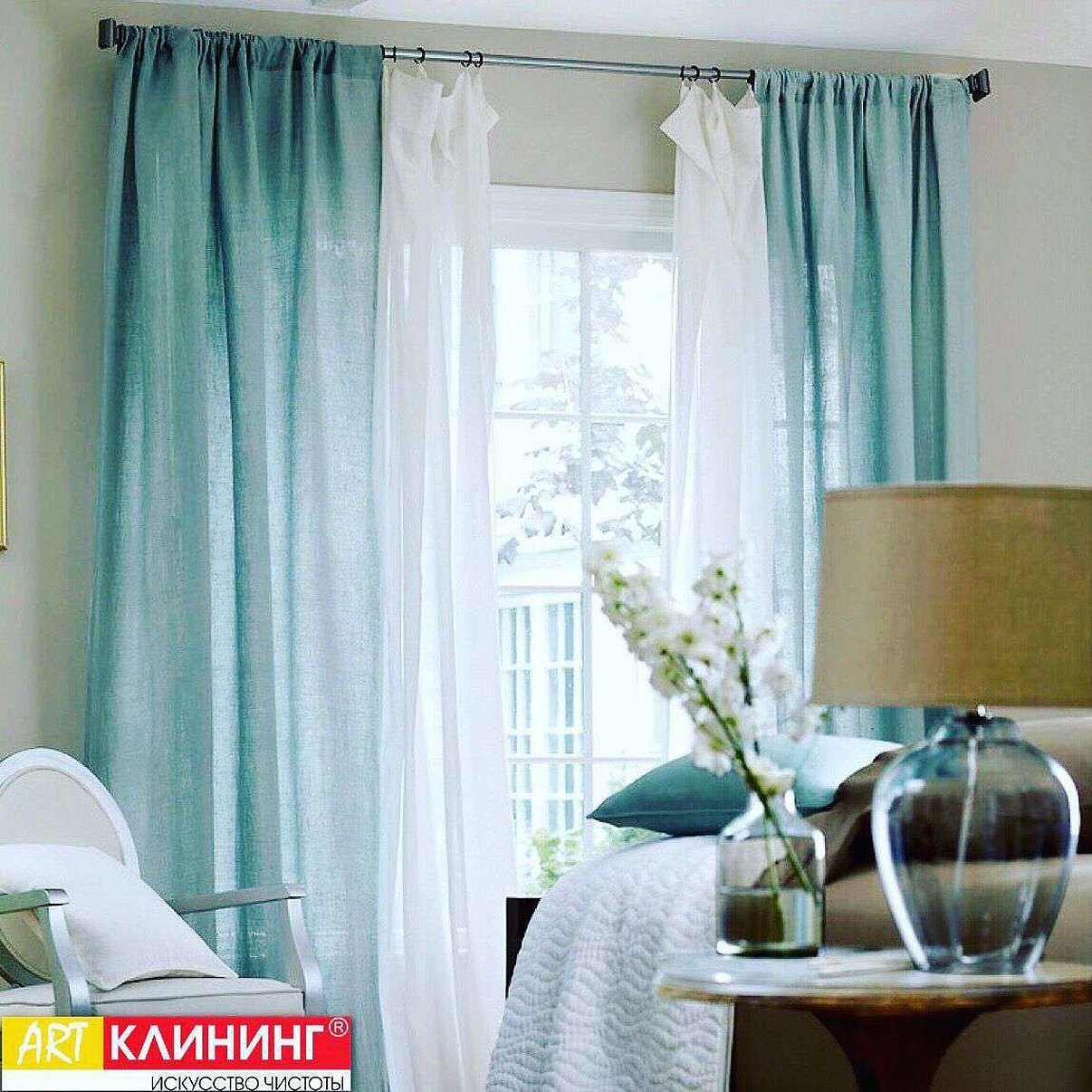
A cozy home interior will be complemented by soft, pleasant to the touch curtains in natural shades. A combination of bright and natural colors will be successful. It is relevant to place embroidery on the curtains.
Curtains can be perfectly complemented with beads, decorative grabs, cords, ribbons. It is worth giving up lambrequins, since they will not decorate the texture of natural fabric.
Please note! The design of linen curtains is chosen both as classic and more modern.
For example, the fabric is increasingly used in Roman blinds, due to its good drapery qualities, in the production of Japanese curtains - due to its naturalness, as well as in the creation of oriental and colonial interiors.
Flax will fit perfectly into the following styles:
- Scandinavian - harmonious for the kitchen. Light tones of linen curtains will do, while the window remains almost completely open. The result is that the room is illuminated, whimsical shadows fall on the walls and floor.
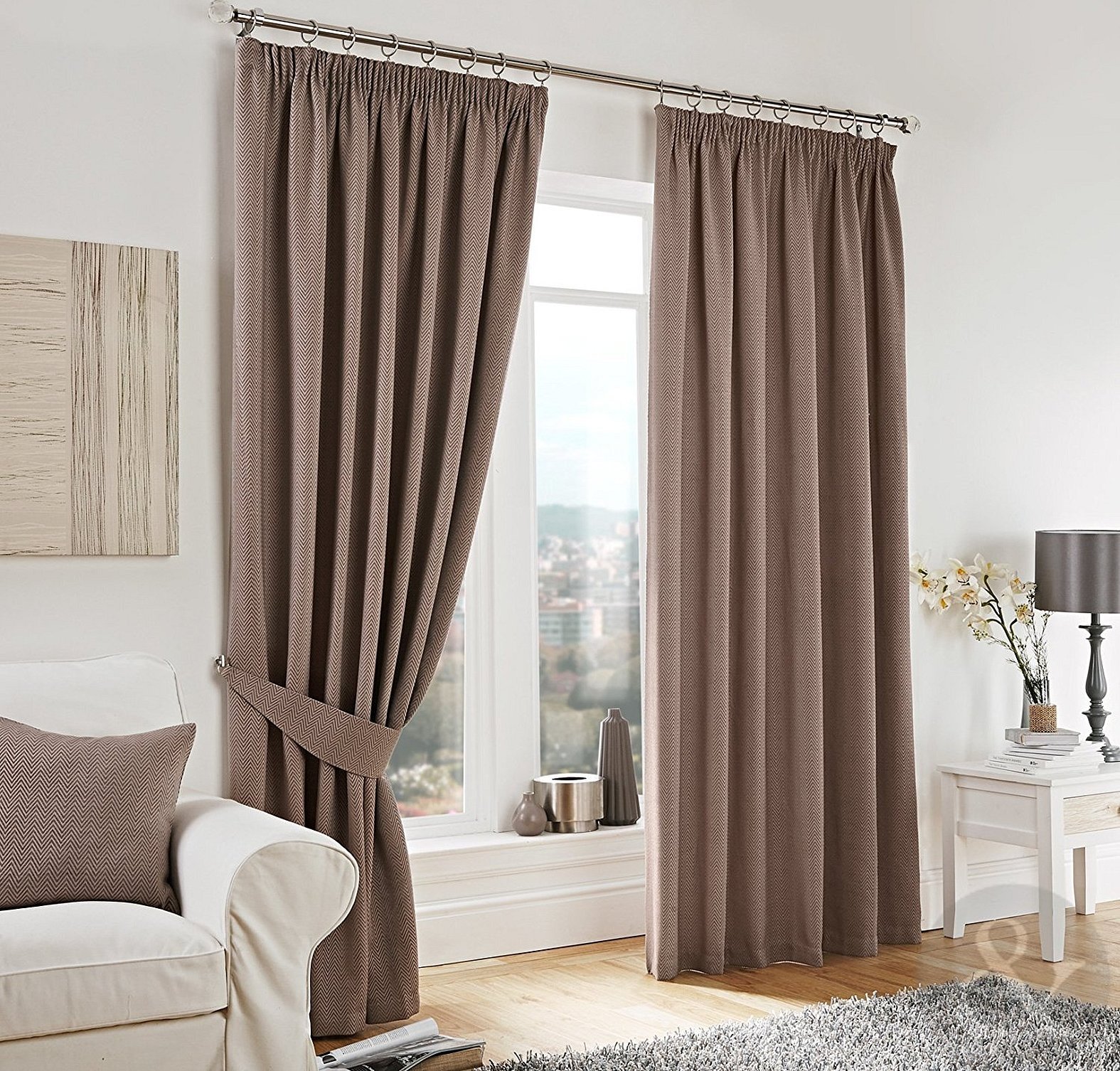
- Provence - linen curtains combined with lace and cotton are suitable for a living room or bedroom. Shades of linen curtains are best taken from gray to brown with a pronounced weave, for example, blackout.
- Antique - linen tulle combined with silk will give the interior nobility and sophistication. This combination of fabrics is appropriate for Classic and Art Deco.
Caring for linen curtains
Linen care involves hand washing, without aggressive bleaching agents. The fabric is not susceptible to contamination, so do not wash it too often so that the item retains its shape and color longer.
Please note! Ironing should be done carefully and immediately after drying, while the curtains are still slightly damp. This will smooth them out and they will appear on your windows in all their glory.
Designer Tips:
- The simplicity of linen becomes its strong point when it complements a certain interior, for example, Scandinavian style, high-tech, Provence.
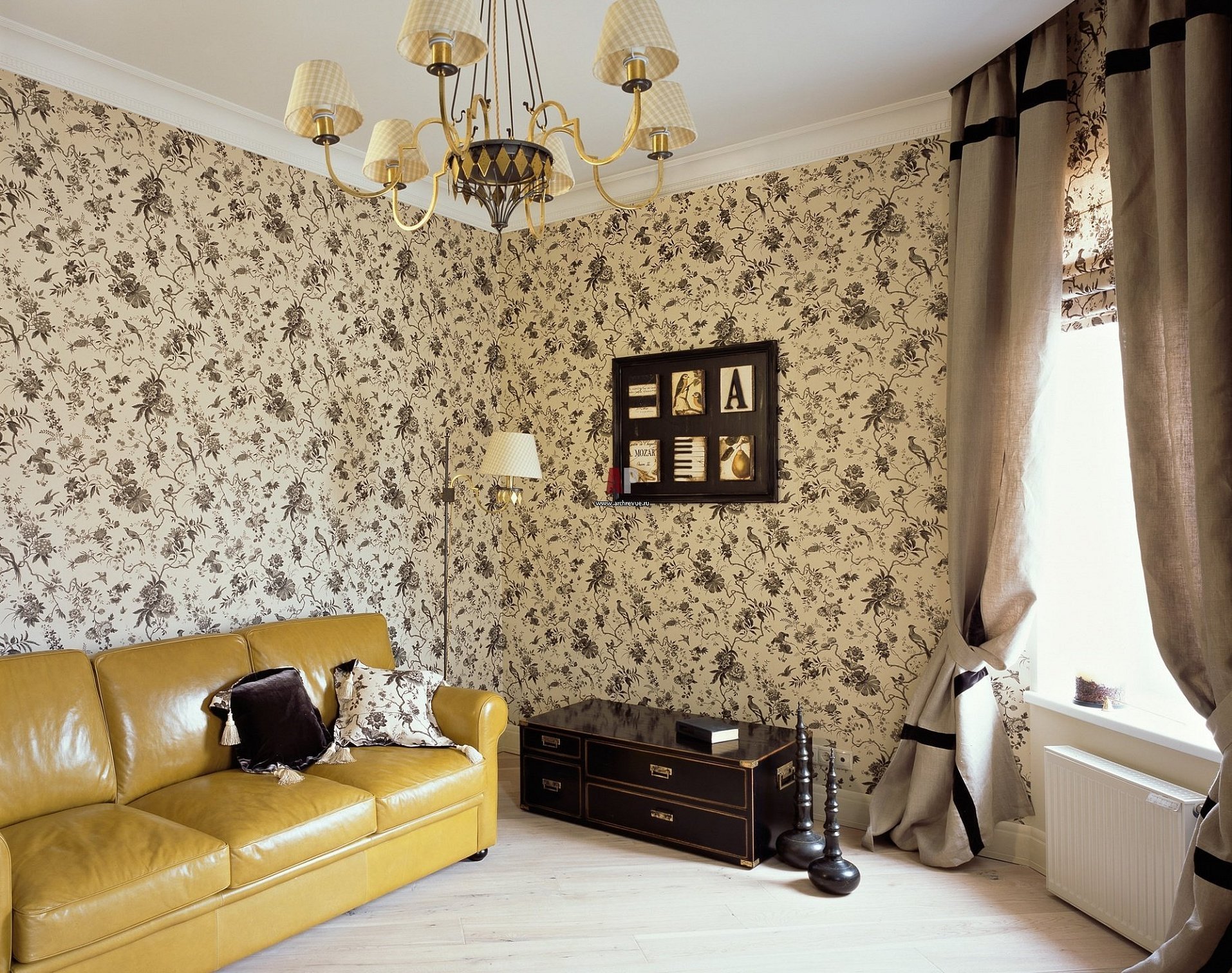
A combination of several textures is successful. In combination with velvet and silk it will give the interior sophistication and expensiveness.
- It is necessary to take into account the natural properties of flax. It is an environmentally friendly material, it gives the interior design naturalness, liveliness, purity
- Flax compatibility - can be combined with almost all fabrics. It is necessary to correlate the density of fabrics and the fact that flax will shrink more when washed.
- Combination of fabrics of different finishes and colors. Different textures, combination of plain and colored fabrics give different effects. For example, thinner fabrics drape better.
- Play of light. Simple linen curtains, thanks to their transparency, give a unique effect when sunlight falls on them. The combination of several textures, the presence of a pattern, and a printed design will help to especially emphasize the beauty of the fabrics.
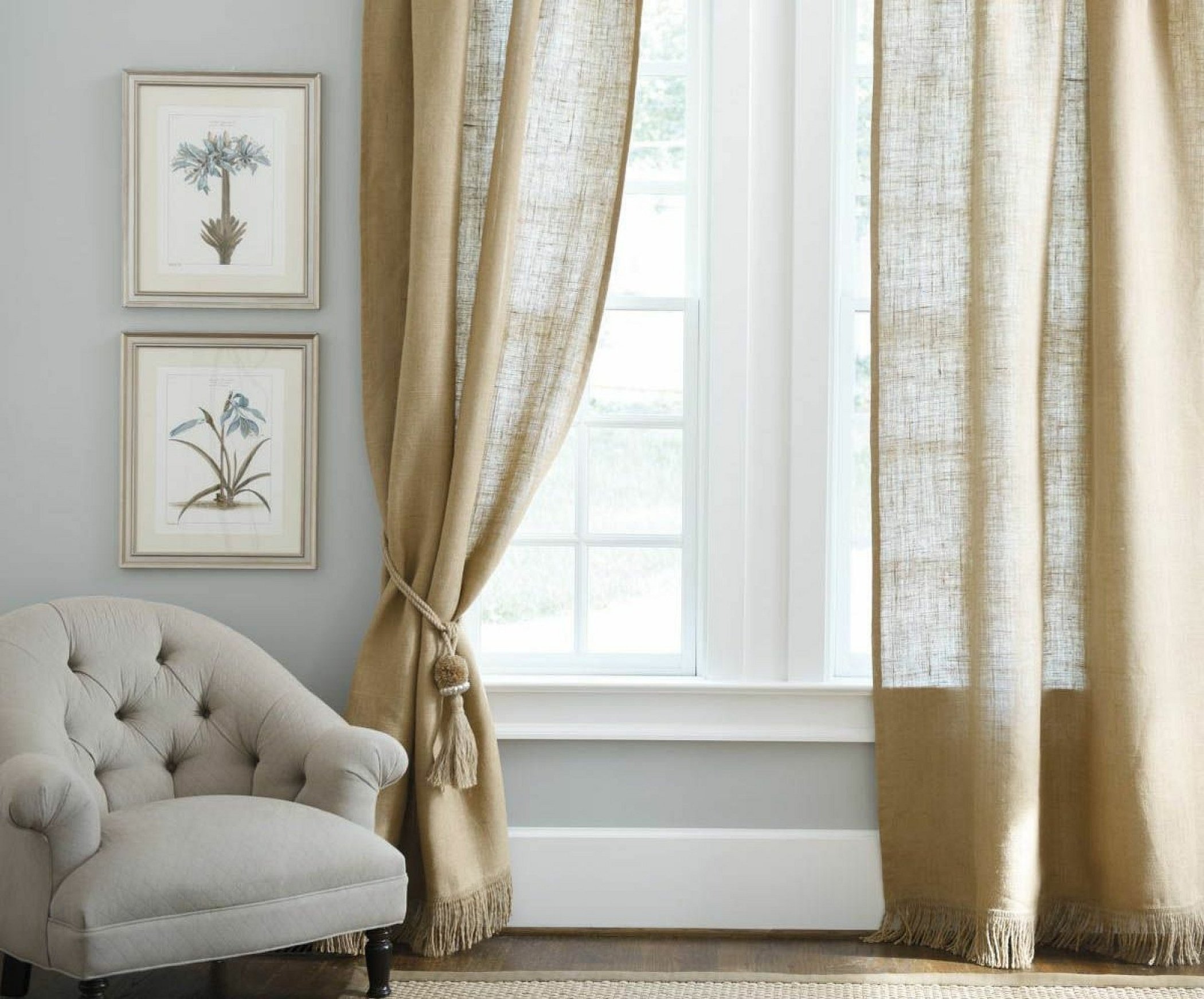
Natural fabrics fit harmoniously into almost any interior. Curtains are good both on their own and in combination with other textures. Linen, as well as cotton, is one of the most environmentally friendly and inexpensive materials used in design. It is distinguished by its affordable price and a huge variety of design solutions.
When choosing curtains, it should be taken into account that linen fabric shrinks a lot and also wrinkles during use. With proper care, curtains will add aesthetics, beauty, elegance to the room, and add space and light.



